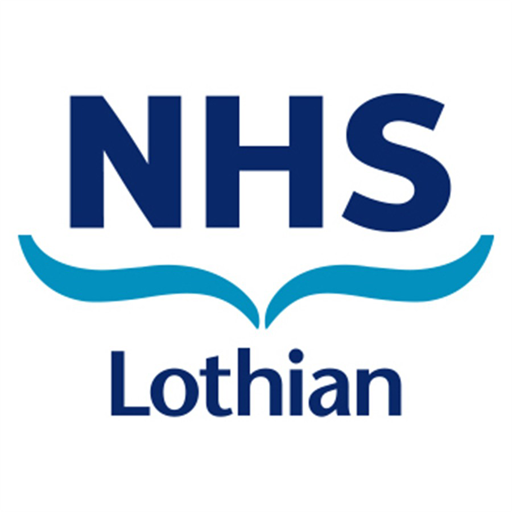Cord pH

- Labour ward staff now perform cord blood gas analysis on all newborn infants.
- Medical Paediatric staff called to deliveries, should document the cord pH of the babies with their resuscitation notes.
- If the cord pH is less than 7.0 or BE worse than -12 mmols/l and the baby required resuscitation at delivery, the baby should be admitted to the neonatal unit for observation. The Paediatric Registrar should review the baby and document their examination particularly CNS examination, and ongoing assessment for cooling criteria particularly neurological assessment until 6 hours of age. These babies will require a repeat blood gas and blood sugar measurement.
- A small number of infants will be born who appear completely well but have surprisingly low cord pH.
- If the cord pH is less than 7.0 or BE worse than -12, and no resuscitation required at delivery, even if the infant appears completely well, the Paediatric Registrar should review the baby and document their examination particularly CNS examination within an hour after the delivery. These infants should get an early feed and should get a repeat blood gas and blood sugar measurement at around four hours of age. For the first four hours of life they should have hourly Nursing observations recorded (heart rate, respiratory rate, colour).
- Regardless of the cord pH or BE, any infant who is causing clinical concern for any reason should be reviewed by the Paediatric Medical staff if requested and an appropriate plan made.
- Fill in a datix see adverse clinical incident reporting
Recording daignosis of HIE and birth asphyxia on Badger
- When admitting or reviewing a baby with concern about hypoxic-ischaemic encephalopathy please do not enter a diagnosis of ‘birth asphyxia’ or ‘HIE’ without discussing with the consultant. When admitting on Badger, use category ‘poor condition at birth’ if needed.
- Many babies who are depressed at birth, require resuscitation and are acidotic, show rapid normalisation of their behaviour soon after birth. They should not be diagnosed as having mild encephalopathy.
- After admission, if the infant’s condition is not normalising rapidly, please fill in the HIE neurological assessment form on badger (smart search HIE and it will pop up) and discuss the diagnosis with the consultant if the baby is considered to be encephalopathic.
- The diagnosis of Grade 1 HIE takes skill in neurological examination. It is characterised by signs which persist over hours, not a single examination showing mild encephalopathy findings. Distinguishing Grade 1 from a normal baby who is simply recovering from the effects of a short period of hypoxia is important as Grade 1 HIE may be associated with an increased risk of neurodisability, meaning that an MRI scan and follow up may be required. On the other hand transient neurological signs that resolve quickly are not likely to have long term consequences.
- Do not discharge an infant with the diagnosis of any grade of HIE without first discussing with a consultant whether the diagnosis is appropriate. Inaccurate recording of ‘HIE’ or ‘birth asphyxia’ on a discharge letter leads to parental distress and confusion.

